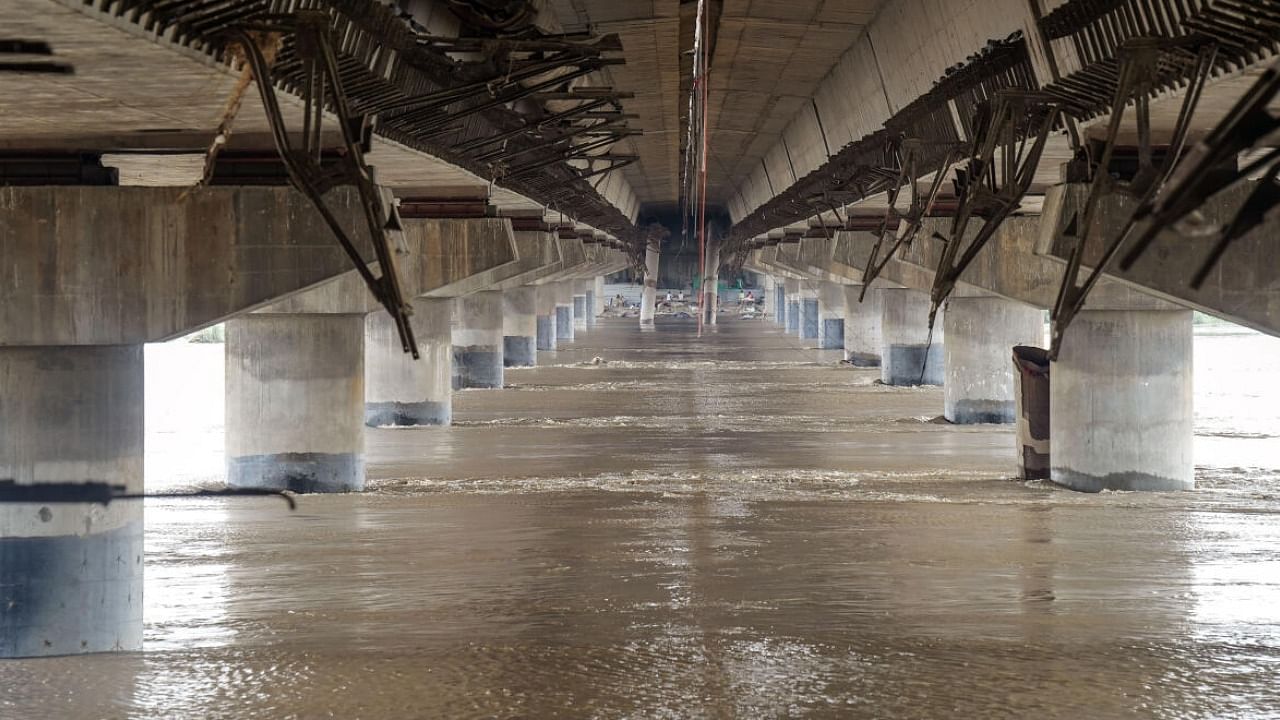
Even as Delhi and adjoining areas continue to reel under Yamuna's water level onslaught amid heavy rains, political parties have not spared each other from blame. While the AAP-led Delhi government put the blame on BJP's 'conspiracy', experts have said that years and years of encroachment of the Yamuna floodplains and unplanned projects by the governments have essentially caused the situation.
According to the latest updates, the river flowed below the danger mark of 205.33 metres on Wednesday but is expected to rise again following heavy rain in parts of the capital and upper catchment areas in the morning.
What is a floodplain?
A floodplain is an area adjacent to a river or stream that is expected to inundation whenever the river water level rises, especially during monsoon. The floodplains are part of any riverine ecosystem and any unauthorised disturbance along the area will affect the ecosystem around it.
The National Geographic Society has noted that 'floodplains have dazzling arrays of biodiversity. These seasonal riparian wetlands boast greater biodiversity than the rivers themselves.'
Experts say that human habitats around the floodplains need to consider that the natural balance of the river will be disturbed if the river does not get its natural outlets. Human settlements near it, if unauthorised, will be at risk due to the river's water level rising.
Encroachments, development projects at fault?
"By retaining water, floodplains can buffer the effects of heavy rainfall and in this way protect economic activities and communities further downstream from flood damage. However, many former natural floodplains are under increased pressure from urban sprawl, infrastructure developments and agriculture," the Europe Environmental Agency has said in a report.
Migrants from Uttar Pradesh, Bihar, Haryana, Jharkhand, West Bengal and Rajasthan have settled along the Yamuna floodplains for decades here they also grow crops such as rice, wheat, and flowers on the river bed.
A report in PTI says since the natural flood outlet of the Yamuna has been encroached upon in every possible way for years, flooding of colonies and public buildings is expected.
"The low-lying areas near the river in Delhi, inhabited by around 41,000 people, are considered prone to flooding. Encroachments on the river floodplain have occurred over the years, despite the land belonging to the Delhi Development Authority, the revenue department and private individuals," a PTI report said.